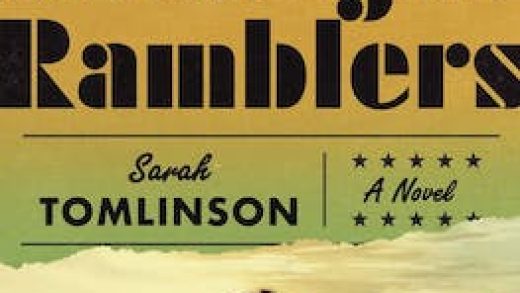Unicode is an international standard of character encoding. It aims to cover every written character for all global writing systems, all technical symbols, punctuation, and of course, emoji. The Unicode Standard, Version 13.0.0 update includes a total of 5,930 new characters.
4 new scripts and 55 new emoji join the Standard, bumping up the grand total of Unicode characters to 143,859.
SEE ALSO: The trendy five: Best open source picks from GitHub in February 2020
Creative Commons symbol joins Unicode
Of course, Unicode is more than just emoji characters. And while we are excited to use the fun new emoji, one new character is potentially useful for open source software developers. The Creative Commons license symbol is now officially part of the Unicode Standard.
Creative Commons is a global nonprofit organization providing an online license for free-to-use web resources. Even well-known institutions such as the Metropolitan Museum of Art offer over 10,000 images under the CC license.
From the updated Standard:
Creative Commons License Symbols. Creative Commons license symbols are widely used across web platforms, content creation tools, and search engines to describe a variety of functions, permissions, and concepts related to intellectual property. The set of seven symbols was designed to work efficiently on printed pages, web pages, and signage while following the pattern of a graphic form within a circle.
Six of the seven symbols are encoded in two ranges (U+1F10D..U+1F10FF andU+1F16D..U+1F16F). One Creative Commons symbol, the circled equals sign, is represented by U+229C circled equals.
Check out Creative Commons on GitHub for some image catalogues, free typefaces, and more.
Read about Creative Commons open source software license recommendations.
Adding computing history
Unicode 13 introduces 214 graphical characters from microcomputers of the late 70s and mid-80s. These legacy symbols were introduced in the early 1970s as part of a teletext broadcasting standard. Their inclusion will help provide compatibility with some retro hardware.
Some of the original microcomputer platforms include the Commodore Amiga, the Amstrad CPC, and the Oric computer series.
This update includes Apple’s 8-bit MouseText, along with the original Running Man logo.

Run on, Running Man. Source.
Read the original proposal for these additions. View the full PDF of every new teletext character.
Coming to an emoji near you

Bug fixes not required. Source.
Of course, we can’t ignore the new emoji additions!
Included in the 55 new characters are some fun new animals, people, objects, and food. International favorites like fondue, flatbread, bubble tea, and tamales join the tasty line-up. Entomologists can rejoice with the addition of a cockroach, worm, fly, and beetle.
While you can only see a dodo and a wooly mammoth in the museum anymore, these two extinct animals join the emoji zoo, alongside a new polar bear, seal, beaver, bison, and a black cat.
Gone, but not forgotten. Source.
Unicode 13 marks two new important emoji with the addition of the trans pride flag and transgender symbol.
Transgender flags in Unicode 13. Source.
SEE ALSO: Enterprise open source software is growing within innovative companies
New historical scripts
According to Unicode, this new version adds support “for lesser-used languages and unique written requirements worldwide, including numerous symbols additions”. Since one of Unicode’s goals is to catalog all symbol usage, both extinct and modern, 13.0 adds some historical scripts.
The new additions include Yezidi, Chorasmian, Dives Akuru, Khitan Small Script, new Arabic script additions, a character for Syloti Nagri in South Asia, and Bopomofo additions for Cantonese.
The post Unicode 13: Creative Commons symbol & computing history appeared first on JAXenter.
Source : JAXenter












